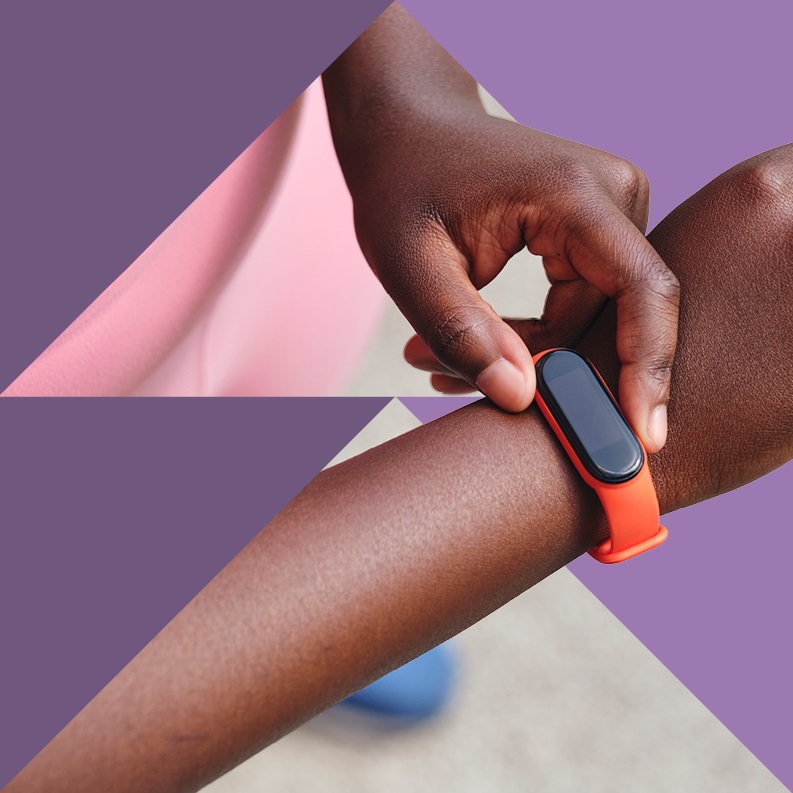
Smart Assistive Tech Facilitates Senior Care
Published 22 June 2023
By 2050, one in four people in Asia will be over 60 (Japan Times, 2023), and in Europe, those aged 65+ will account for 31.3% of the population (Eurostat, 2023). The global market for assistive technology is expected to soar to nearly $50bn in 2030 (from $26.5bn in 2021), reflecting an increasing demand for tech that aids senior care.
Smart Assistive Tech Facilitates Senior Care


Topics

Want to see the full report?
Offering access to over 350 consumer and cross-industry reports annually, Stylus Membership is your window to tomorrow’s most exciting opportunities.
We already arm more than 500 of the world’s most forward-thinking brands and agencies with the creative insights they need to make transformative business decisions.
We’d love to do the same for you.
Book a demo with us today to discover more.
More Reports From Stylus
More Reports From Stylus
The Future of AI At Work
Artificial intelligence (AI) is transforming workplace dynamics as employees automate routine tasks, work alongside AI agents and reconsider their career paths. Corporate responses to AI’s rise vary wildly: some companies are providing robust frameworks for AI usage, while others are leaving workers to experiment...











